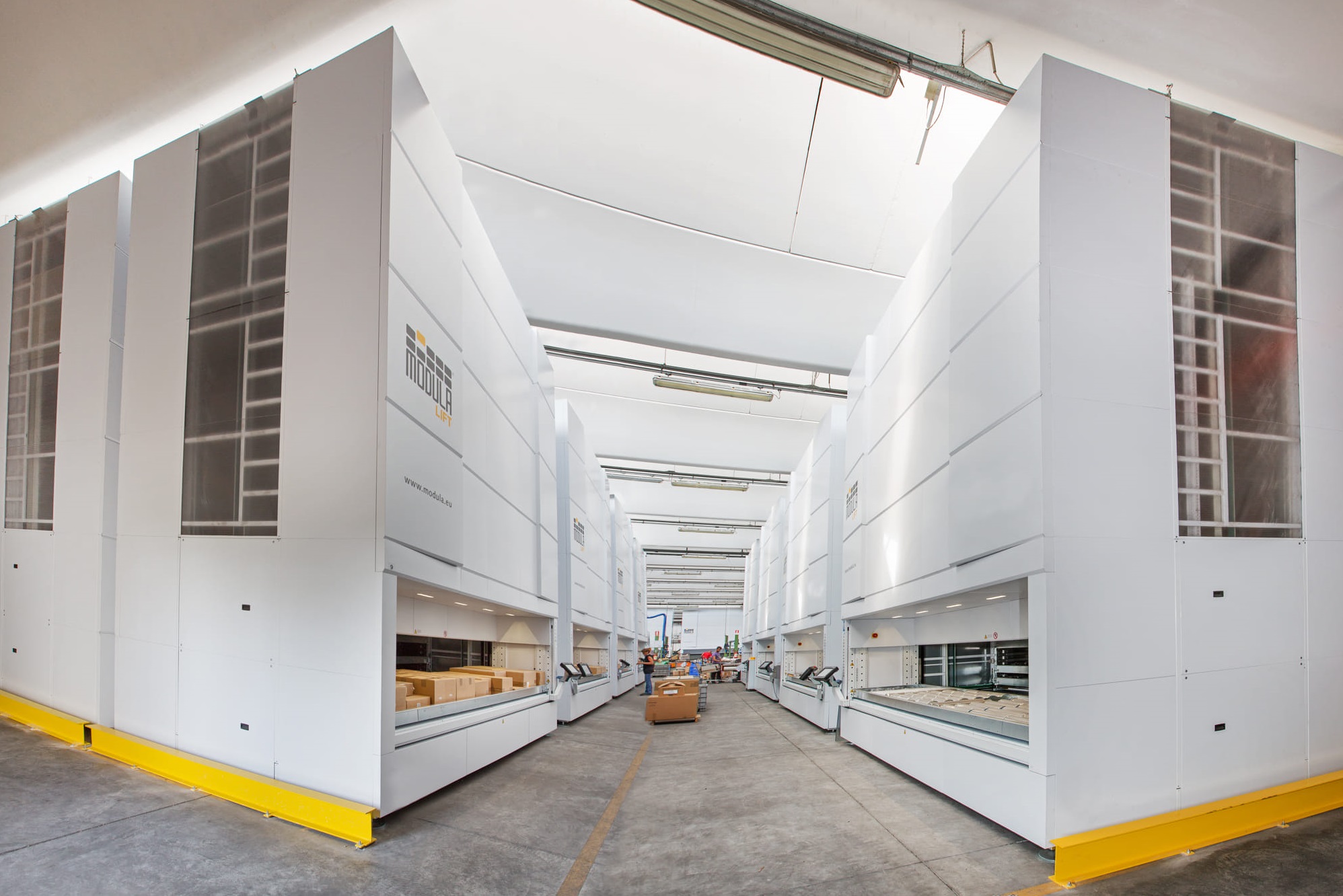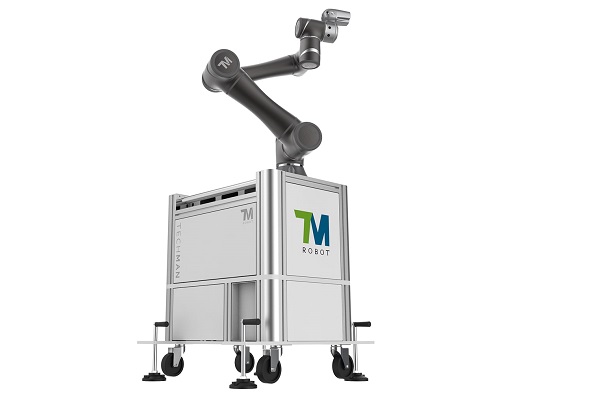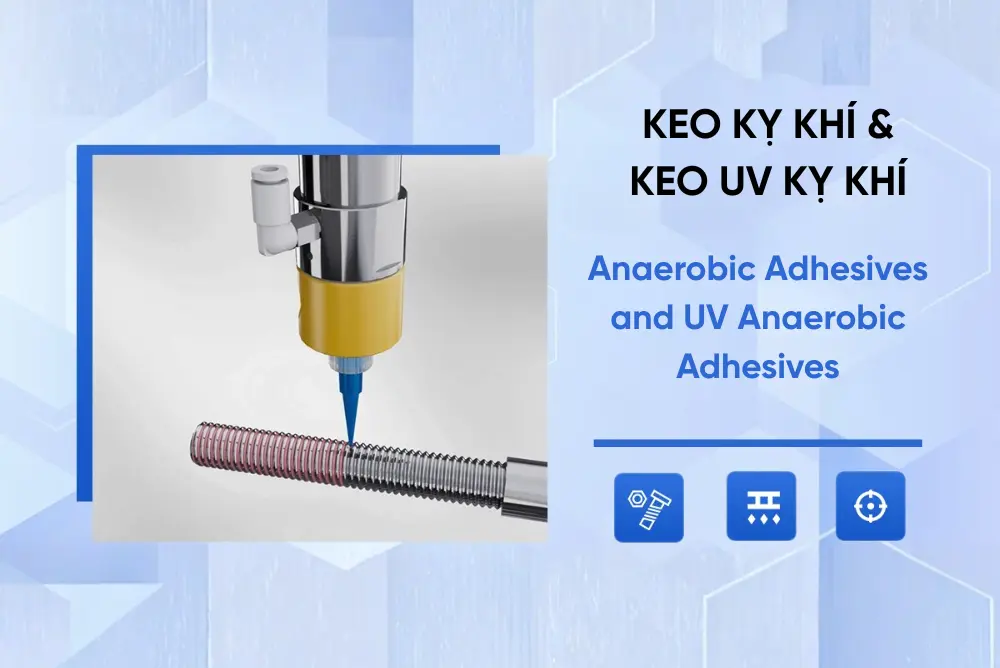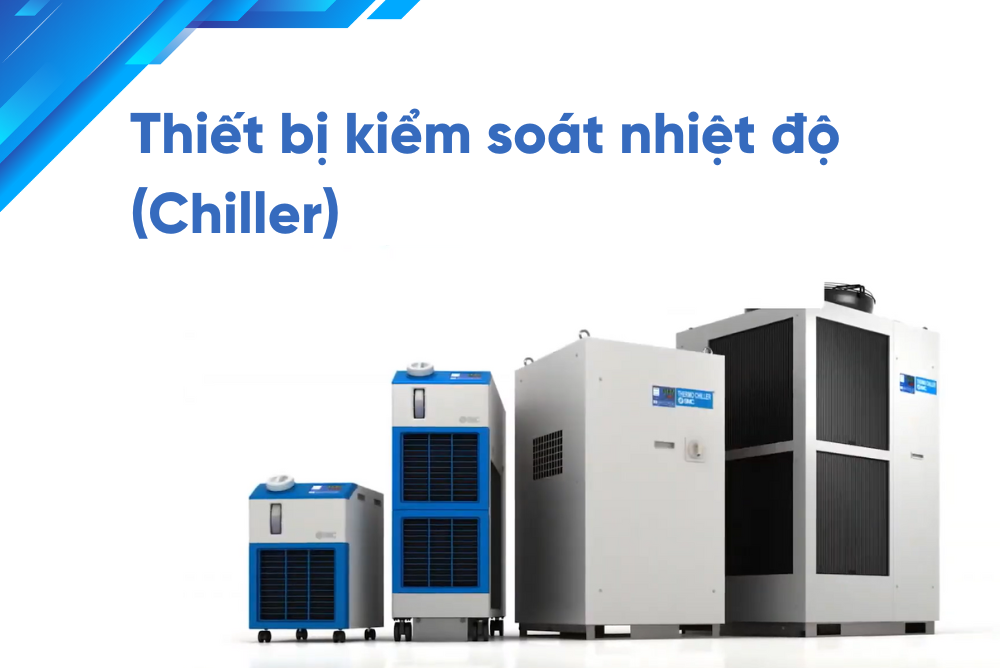1. Do I need to calibrate the UTMII & UTMIII torque sensors before use ?
Before delivery, we have calibrated the UTMII and UTMIII. The torque values have been adjusted across the full measurement range, with outputs of ±5V for UTMII and ±10V for UTMIII.
2. Are the UTMII & UTMIII torque sensors waterproof?
No, even though they have a tight structure, it is not feasible for UTMII & UTMIII to be completely waterproof. We offer an alternative option with the UTMV torque sensor, which is dust and splash resistant.
3. What is the lifespan of the UTMII & UTMIII torque sensors?
The lifespan of UTMII & UTMIII largely depends on the durability of the bearings. Please refer to the bearing lifespan information in the provided table.
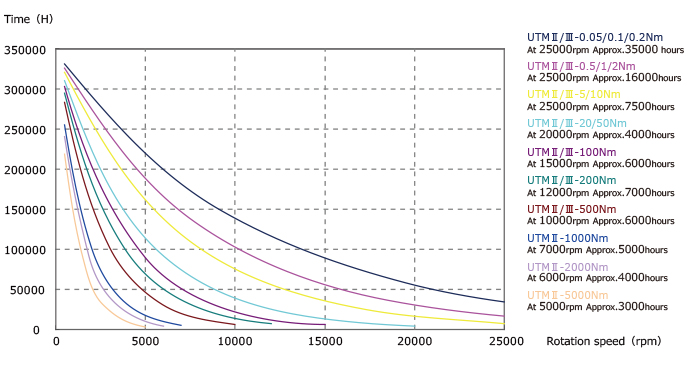
4. Is regular maintenance necessary for the UTMII & UTMIII torque sensors?
UTM II and UTMIII do not require maintenance as they have no moving parts and no contact surfaces.
5. What does "typ." mean in the product's technical specifications for the UTMII & UTMIII torque sensors?
"Typ." stands for "typical value," indicating characteristic values.
6. Can the UTMII & UTMIII torque sensors measure speed?
UTMII & UTMIII output pulse signals for reading speed in rotations per minute (RPM). External converters can be used to convert these pulse signals into RPM. We offer specialized displays such as TM320 and TM201 for this purpose.
7. What happens if a force greater than the rated load is applied to the UTMII & UTMIII torque sensors?
UTMII & UTMIII have an overload capacity of 500%. Therefore, applying a moment overload beyond the rated load will not immediately damage the device.
8. Can the UTMII & UTMIII torque sensors operate in a vacuum environment?
This depends on operating conditions. Please contact us for specific inquiries regarding vacuum compatibility!
9. Can power generated by torque be calculated?
Power can be calculated from torque and rotational speed. TM320 automatically calculates power using the formula:
Power (W) = 2π x Torque (Nm) x Rotational Speed (RPM) / 60
10. Can I obtain ISO certification for traceability management in testing?
Yes, you can! Please contact our sales team for further details on obtaining certification.
11. Can I use a longer cable with the torque sensors?
We provide special cables for this purpose. Please contact our sales team for more details. Additionally, we offer custom connectors so you can connect with your own cables.
12. How do you check for misalignment?
Generally, we use a digital gauge to adjust balance when the shaft rotates slowly.
13. What happens if there is shaft misalignment?
Depending on the degree of misalignment, the UTM may vibrate. This can be dangerous if the UTM continues to rotate or accelerate. Check for misalignment!
14. Can I apply bending force to the shaft?
This is not recommended as it may lead to measurement inaccuracies and potentially serious damage to the bearing lifespan.
15. Is it necessary to fix the main body of the UTMII & UTMIII torque sensors?
It is not necessary in normal cases (consider safe mechanisms to stop rotation). However, fixing is recommended in the following cases:
・When using angular measurement options
・When you want to increase resonance frequency for high-speed rotation
・When using double-disc couplings due to limited space for support, causing vibration, eccentricity, or angular misalignment.
16. Can I use an Oldham type shaft coupling?
Using an Oldham type shaft coupling is not recommended. If necessary, fix the body of the UTM for safety purposes.
17. What happens if I install the drive and load (driven part) differently?
Due to different inertial forces affecting both the drive and load (driven part), there will be discrepancies in torque. Therefore, even if it does not damage the equipment, install it in the standard order.
18. Can I use the sensor even when the force exceeds the rated load because the safe overload is up to 500%?
No, use it under the rated load. The safe overload capacity of UTM II and UTM III up to 500% R.O. ensures maximum safety.
19. What is the minimum reading speed in RPM when using TM700, TM320, and TM201 with the UTMII & UTMIII torque sensors?
The minimum reading speed displayed on TM700, TM320, and TM201 is default at 15 RPM, but you can change the settings to 2 RPM.
20. Are there any recommendations for shaft couplings?
|
If you wish to use couplings without modifying the main body, we sell specialized rubber couplings for UTMII & UTMIII high-speed torque sensors. These use vibration-absorbing rubber as an elastic absorber, without mechanical reaction force, and provide good rotational balance. Rubber acts as a damper, absorbing vibrations for smooth rotation. If not using rubber couplings, you can use single-disc couplings. However, avoid using dual-disc couplings or grooved disc types without fixing the main body, as this can lead to unexpected vibrations. In the worst case, the couplings of the UTMII & UTMIII torque sensors may be damaged due to resonance. If the main body is fixed and in use, ensure to use couplings that ensure both eccentricity and angular misalignment, such as double-disc types. Avoid using single-disc couplings with the main body fixed. Large eccentric reaction forces will transmit to the shaft, causing measurement errors and reducing the lifespan of the UTMII & UTMIII torque sensor body, leading to damage. |
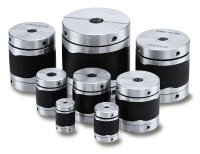 |
21. Do these devices get interfered with or affect the signal?
The UTMII torque sensor can mitigate interference from external sources, but severe interference can still affect it. To further enhance this, the UTMIII torque sensor is equipped with a low-pass filter that can be adjusted via PC settings. It also uses RS-485 output, providing excellent noise immunity!
22. Can bending force be absorbed?
Avoid applying bending force. This not only affects measurement results but also damages the bearings and generates heat (leading to bearing damage later on).
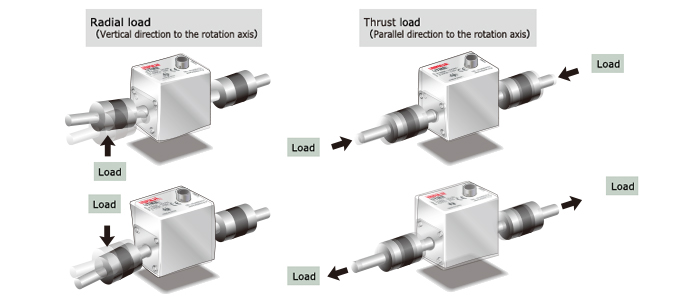
23. Can torque and force transmission from the shaft coupling affect measurement results?
If the tightening force and torque are insufficient, the shaft coupling may slip or come loose, thereby inaccurately measuring torque. Therefore, once the shaft coupling is secure, the force and torque applied by the shaft coupling will not affect the measurement results.
24. Can we change the rated measurement range of the UTMII & UTMIII torque sensors?
No, you cannot change it. The device is calibrated before shipment, so adjust the settings on the display to change the measurement range.
25. Do we need an external amplifier?
The UTM series already integrates amplifiers. For the UTMII torque sensor, the output torque range is ±5V, while for the UTMIII, it is ±10V. The UTMIII also features RS-485 output.
26. How do we convert Nm to Kgm?
Refer to the conversion table below

27. What are the maximum rotational speed limits of UTMII & UTMIII with Encoder options?
The maximum measurable rotational speeds of UTM series with Encoders are as follows:
UTMⅢ 0.05Nm~50Nm 5000rpm
UTMⅢ 100Nm~500Nm 2500rpm
UTMⅡ 0.05Nm~10Nm 4500rpm
UTMⅡ 20Nm、50Nm 2000rpm
28. There are many product lines with different measurement ranges; how do we choose the right one?
If high accuracy is not required, choose a product line with a rated load 1.4-2.0 times the required torque. Otherwise, consider potential overloads on the UTMII & UTMIII torque sensors.
29. Can we use the UTM torque sensors to evaluate internal combustion engine operations or characteristics?
Yes! However, avoid vibrations from internal combustion engines affecting the force on the shaft of UTMII & UTMIII. Torque, rotational speed, and power can be simultaneously monitored by the TM320 unit.
30. I want to fix the main body of the torque sensor?
If you intend to use UTM series with a fixed position, pay attention to coaxiality. You may need the UTMIII self-centering type for easier installation.
31. Considerations when devices rotate at high speeds
It's essential to balance the rotating assembly and address any misalignments. If the shaft rotates at high speeds without balance adjustments, the main body of the UTMIII & UTMII torque sensors may vibrate abnormally and suffer damage due to resonance. Carefully install while adjusting balance and gradually increasing rotational speeds. For high-speed rotations, we recommend choosing models without grooves.
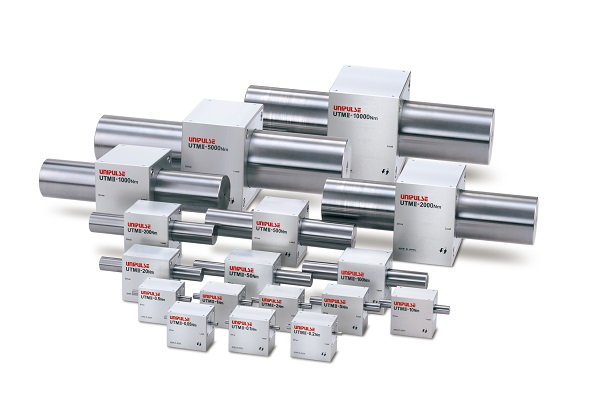
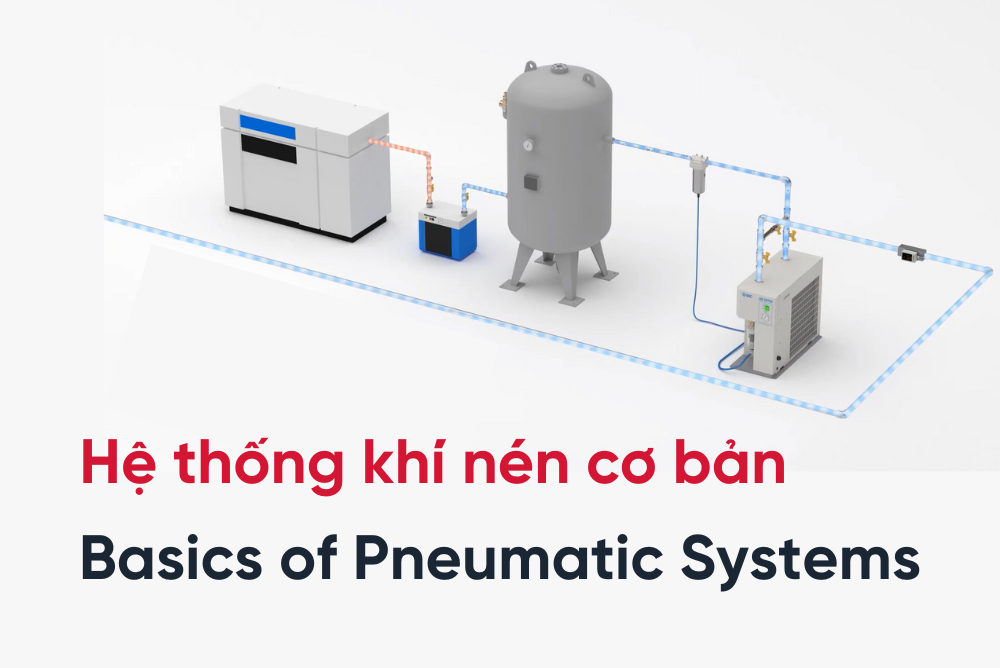
 Read more
Read more
